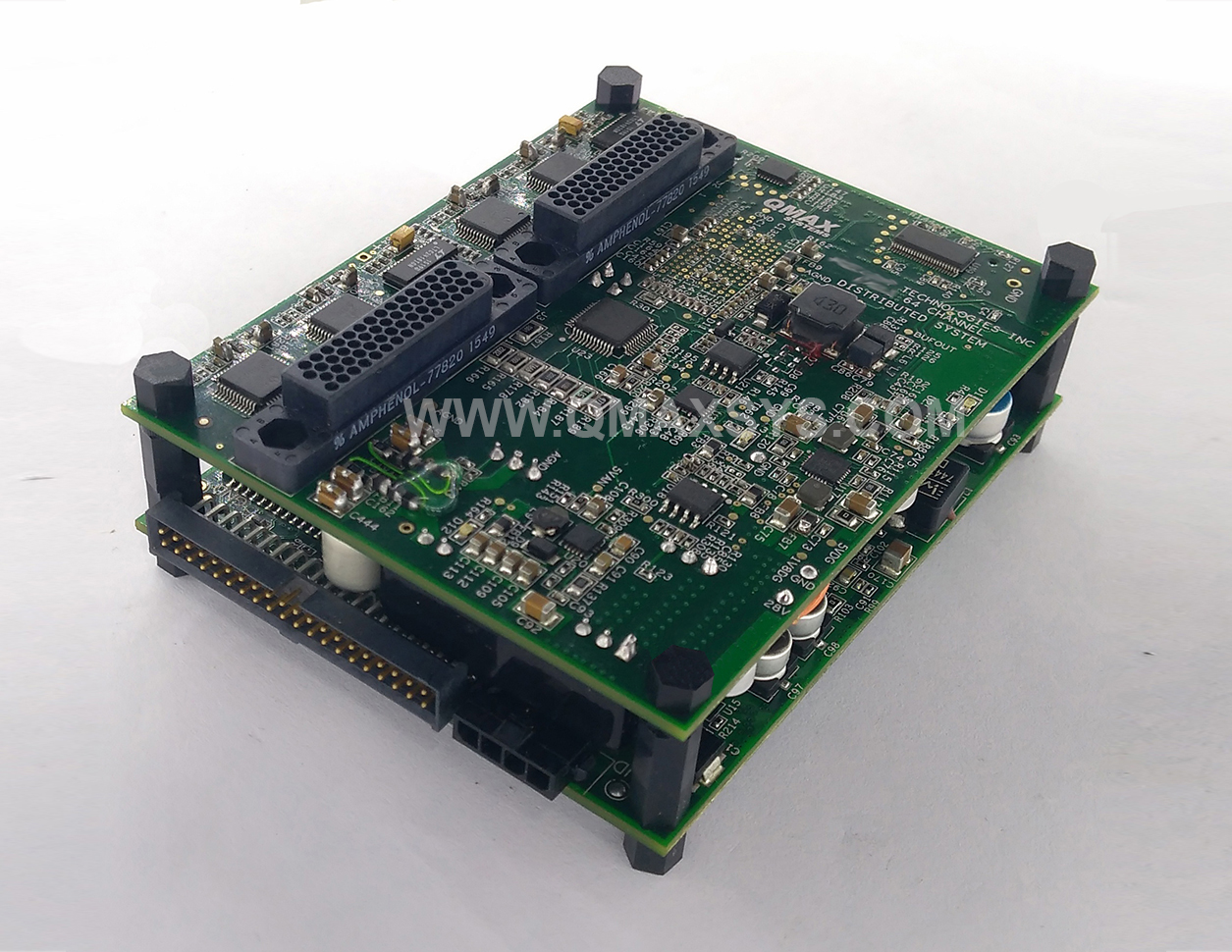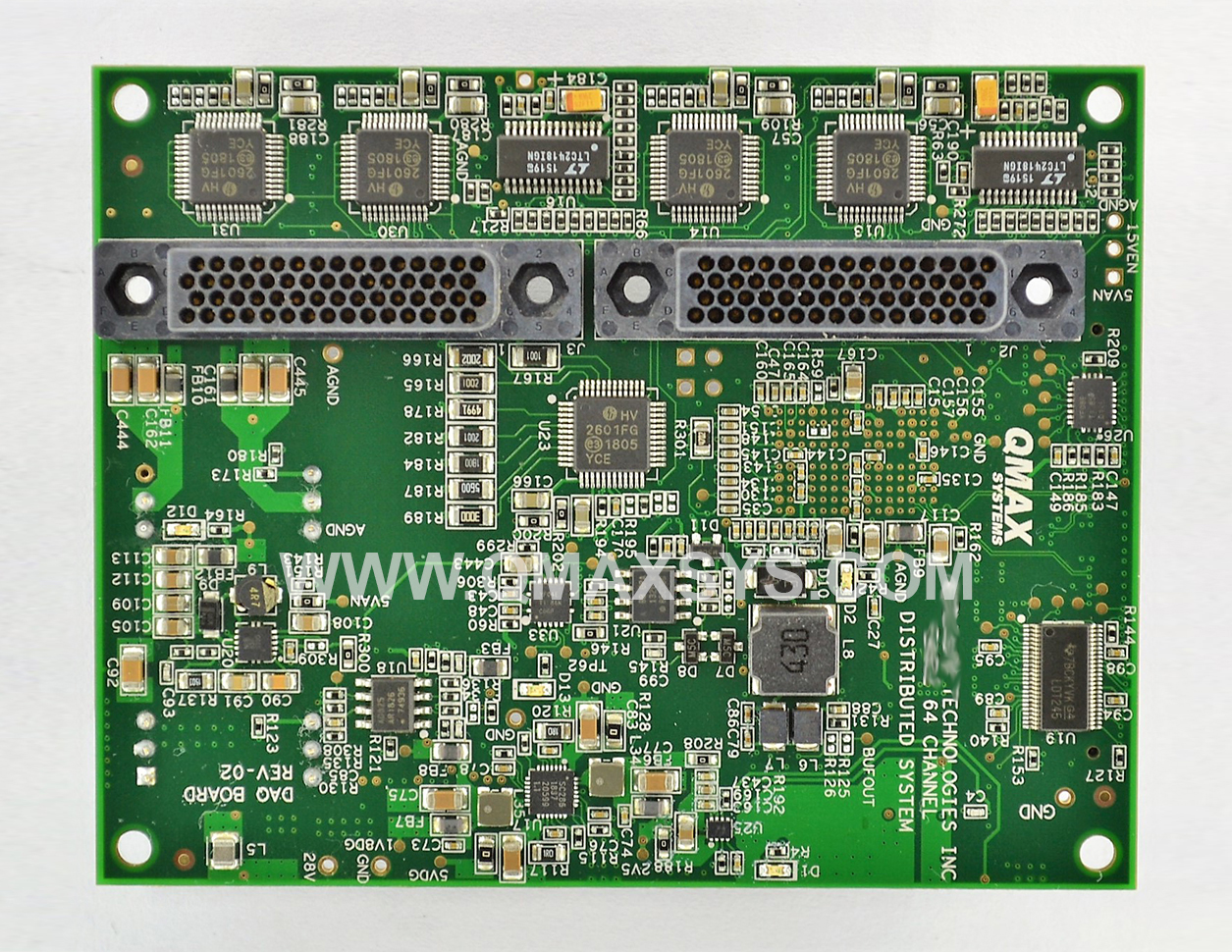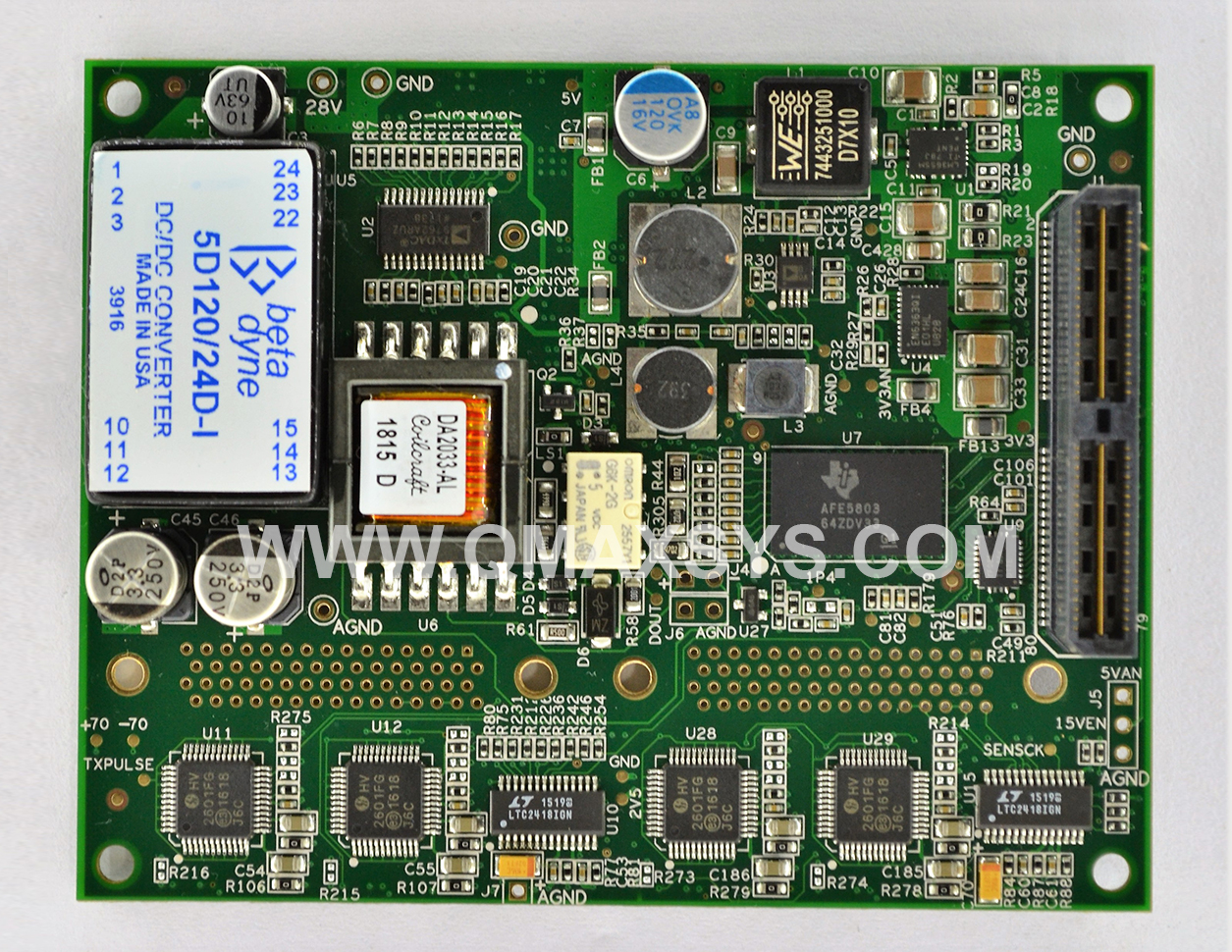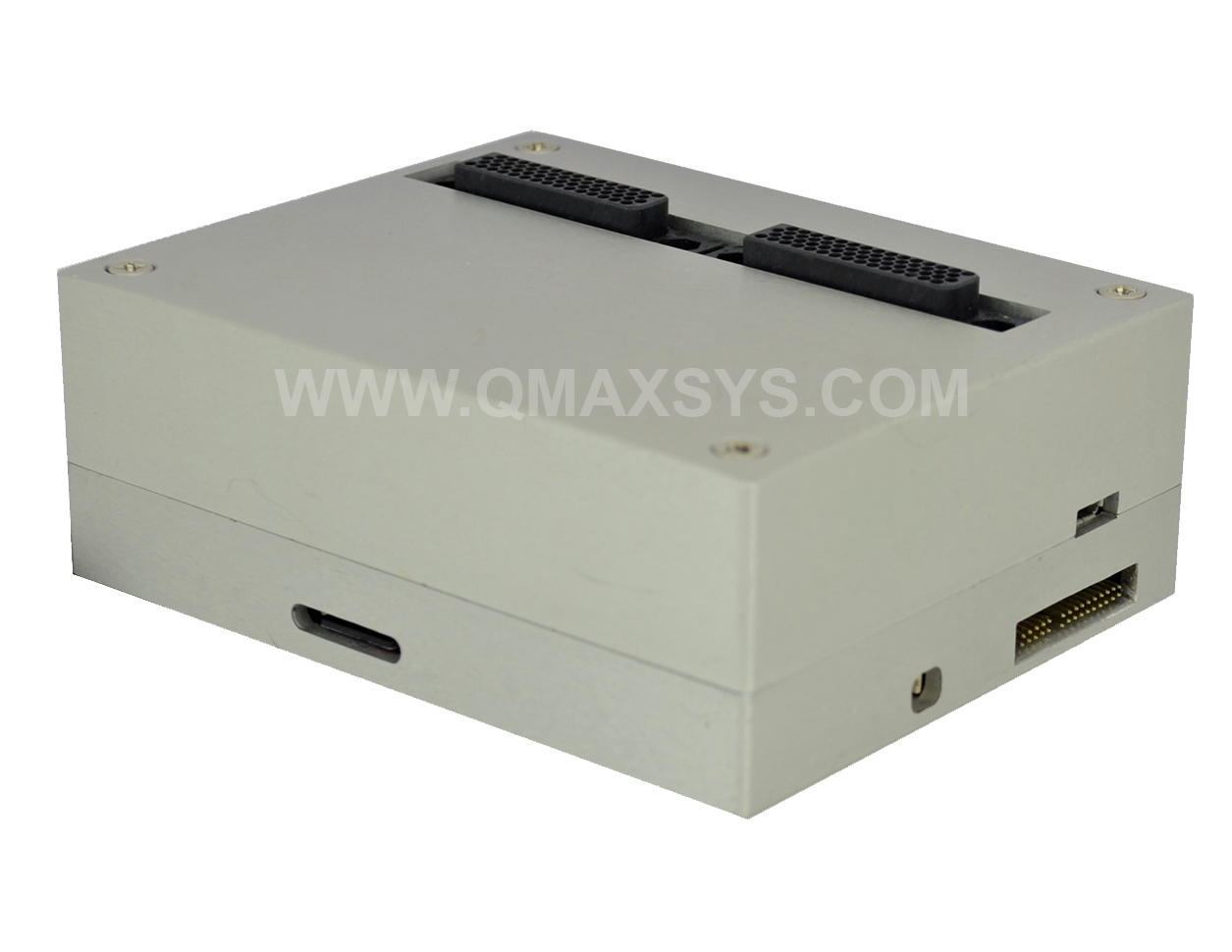Case Studies
- Embedded System Design
- /
- Aerospace Structural Health Monitoring System
Aerospace Structural Health Monitoring System
- Altera A10 FPGA for Digital Signal processing
- Low Power, Light Weight, Compact Design
- Complete HW / FPGA / Enclosure design and development
- Ultra-Low Noise / SNR of 50dB
- High Speed ADCs / DACs / Sync - E / HV Mux
Project Summary:
The requirement of this project was to design and develop an advanced structural health monitoring system. This device will be used to determine the health of various critical structures like Railway carriages, Aircraft frames, Ship hulls etc. It uses high frequency sound waves to check for Fatigue and Stress/Strain.
The heart of the system is the Intel Arria10 FPGA. It is used to generate a high frequency test signal which is fed to the piezo electric transducers fixed on the structure under test. The transducers convert the signal into a high frequency soundwave which is transmitted through the structure. Other Piezo Electric sensors pick up the transmitted signal and send it back to the FPGA. The FPGA does signal processing based on an advanced algorithm and analyzes the signal to find out the health of the structure under test.
Important Parts:
- Intel Arria 10 FPGA
- 12-Bit, 100 MSPS D/A Converter
- Analog Front End
- Signal Transformer
- Analog Mux
- A/D Converter
- Beta dyne DC/DC Converter
Salient Features:
- FPGA for Digital Signal processing
- Signal Frequency - 100 to 700 KHz
- High Voltage Output (upto 140V) at High Frequency
- High Voltage output signal and low voltage highly sensitive input signal.
- Mixed Signal Design
- Ultra-Low Noise
- Signal to Noise ratio of 90dB
- 64 Channel operation
- Mux for Bidirectional operation of Signals
- Custom Drivers and FPGA Application
Qmax Scope of work:
- Schematics Entry
- PCB Layout Design
- PCB Fabrication and Assembly
- Board Bring-up and testing
- Driver development
- Complete FPGA Application Development
- Noise reduction and Signal Quality improvement
- ID / Enclosure Design




